
Fresh Wasabi Root Free Picture for Blogs & Web Articles
Wasabi has been a cornerstone of Japanese cuisine for centuries. Its Latin name, Wasabia japonica, reflects its deep roots in Asian culinary traditions. For those who truly appreciate food, real fresh wasabi rhizomes are a rare and cherished delight. Dive into our collection and discover the authentic taste of fresh wasabi.
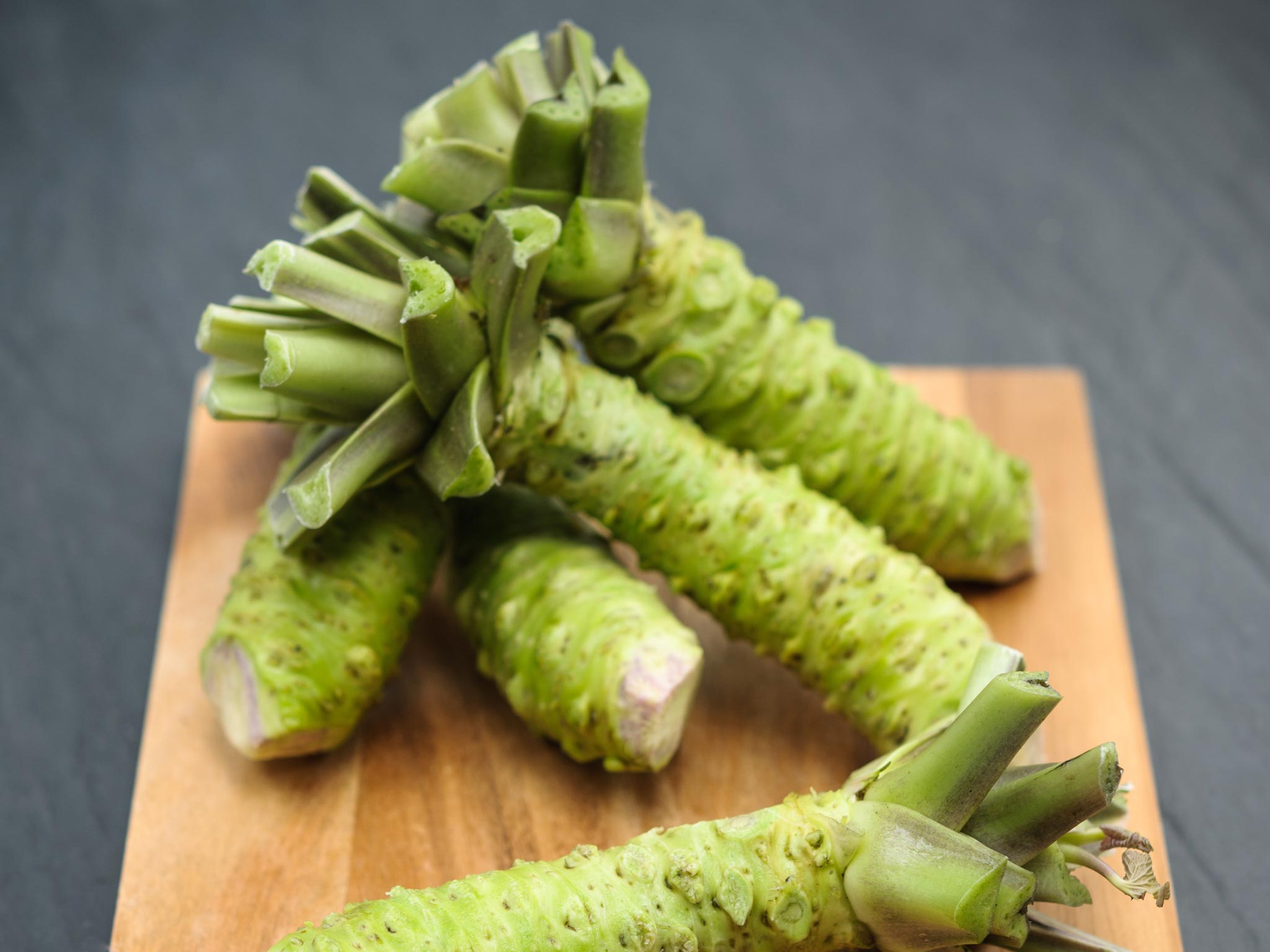
The first farm in Britain to grow its own wasabi is producing a fiery
Wash 1 wasabi root under cold running water and clean gently with a scrubber to remove any dirt. Remove the stems by hand. Use a knife to remove any black parts. (Do not peel completely.) Grate using a Japanese style grater (oroshiki/oroshigame) by gently pressing the wasabi root over the spikes and moving in a repetitive circular motion.

Fresh wasabi roots stock image. Image of aromatic, production 84316723
Price Range: The average cost of fresh whole wasabi root ranges from $100 to $200 per pound, varying depending on quality, source, and region. This is significantly more expensive than its powdered or paste forms. Authenticity and Quality: Authentic wasabi has a bright green color and intense aroma.
:max_bytes(150000):strip_icc()/__opt__aboutcom__coeus__resources__content_migration__mnn__images__2016__09__wasabi-root-51ece4cdc981482cb29512f45fa5c7ba.jpg)
5 Things You Never Knew About Wasabi
Preparing real wasabi paste to eat is a snap - and it's fun, too! Start by washing the rhizome and trimming any bumps. Then trim the root-end (holding the leafy end upright) for a fresh surface, and grate wasabi into a small pile. Let it rest one to two minutes for flavors to develop, and then serve!

Try This Fresh Wasabi Root Kitchn
Wasabi root (actually rhizome) is shipped trimmed as shown with approximately 2 inches of stem and no roots. (Grated rhizome with steel grater is shown for reference). Most rhizomes are approximately 2 ounces/60 grams in weight. Weight / size does not affect taste. Once the plant is mature, the plant's flavor is uniform through all rhizome sizes.
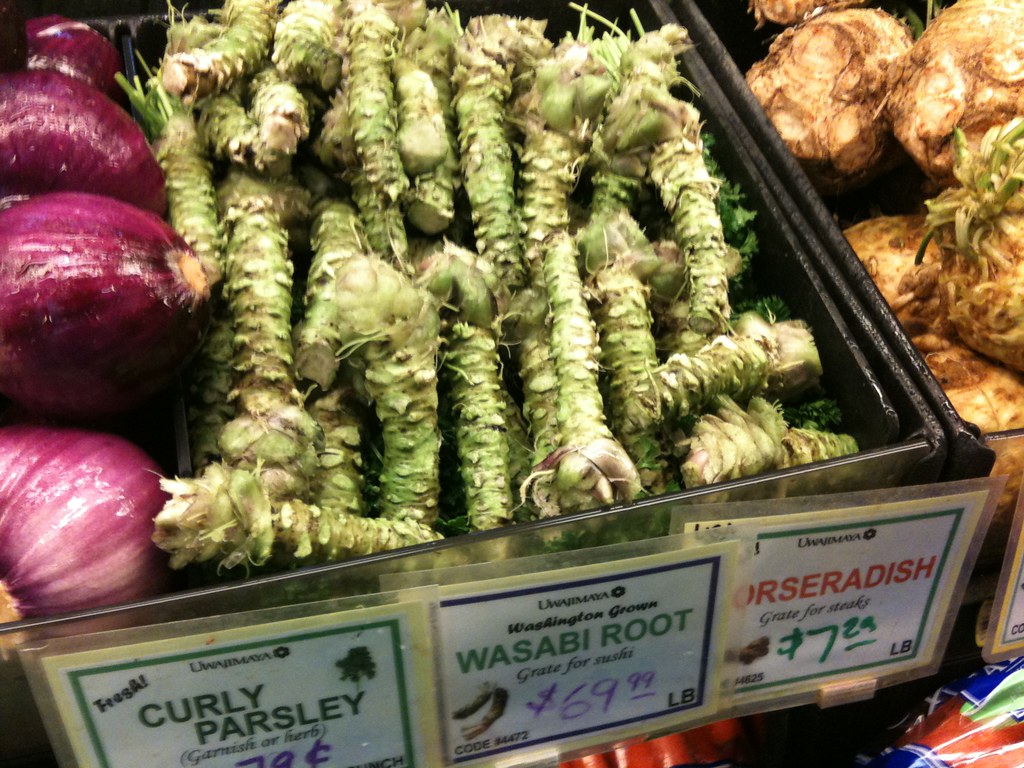
Random factoid of the day Fresh wasabi root =70/lb. Flickr
The entire plant is edible, including the root, stem, leaves, and flowers. Wasabi dates back to the eighth century and was used as medicine for its antibacterial properties to prevent food poisoning. Wasabi cultivation began in the early Edo period (1604-1867). Wasabi grows wherever an abundance of fresh mountain water is available.
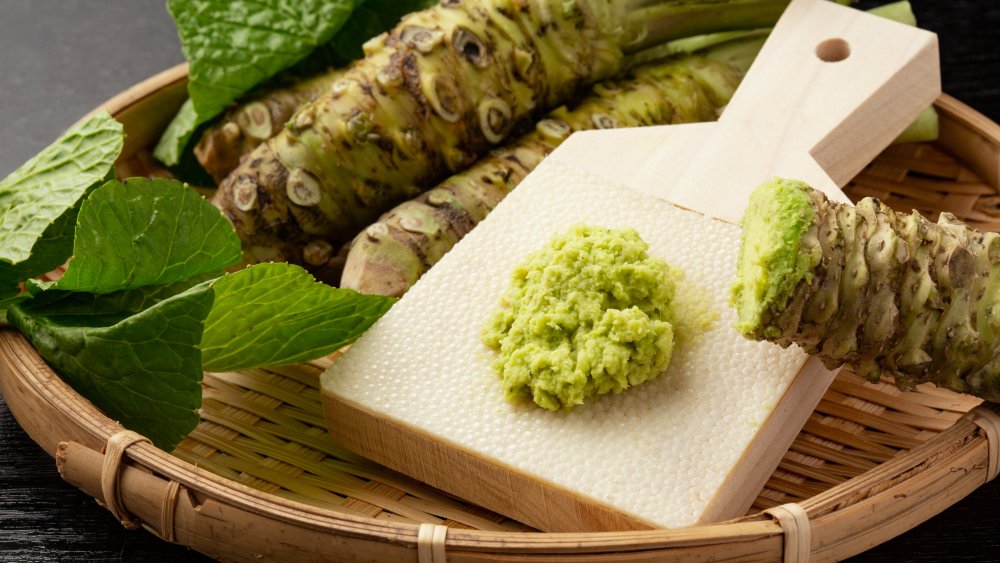
Here's What You Can Substitute For Wasabi
How to Make Homemade Wasabi: 3 Ways to Use Wasabi. Written by MasterClass. Last updated: Dec 18, 2023 • 2 min read. Fresh wasabi roots can be tricky to find outside of Japan, but it's worth the search for their inimitable bright, rollicking heat.
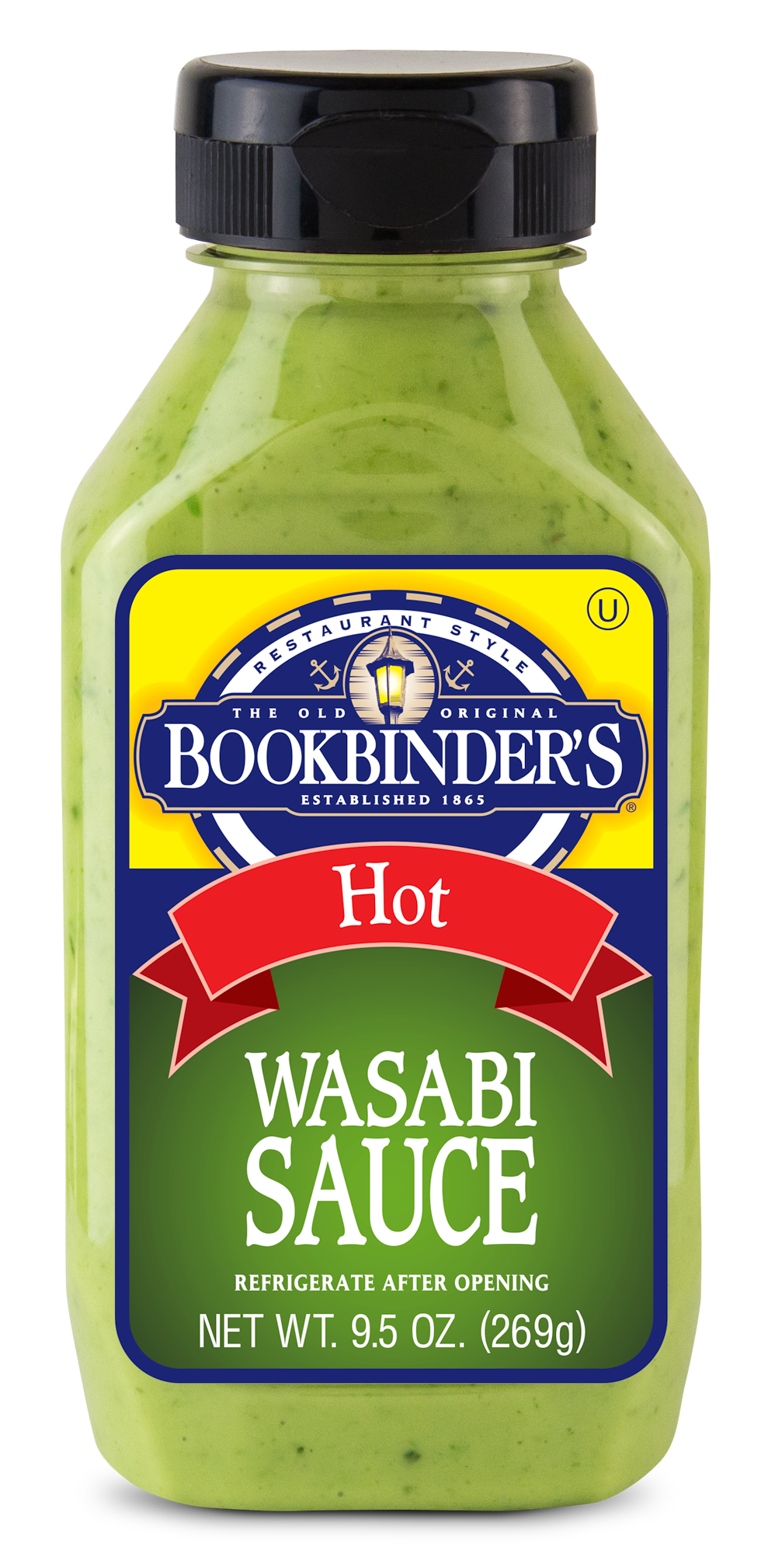
Bookbinder Wasabi Sauce 9.5oz Graffam Bros Seafood
Since our inception in 2005, Real Wasabi has embarked on a relentless quest perfection of our for wasabi products. Through rigorous research and cultivation techniques, we've mastered the art of growing authentic Wasabia japonica.Our dedication is evident in every wasabi rhizome, petiole, leaf, and flower, reflecting our deep-rooted passion for celebrating the authenticity of genuine wasabi.

WASABI, ROOT WHOLE IMPORTED JAPAN IQF FROZEN MOMOSAWA 1.1 LB Food
The wasabi root, heralding from the serene landscapes of Japan, is much more than just a condiment—it's a tradition, an emblem of the nation's rich culinary history.Scientifically baptized as Wasabia Japonica, this humble root transforms into a vivacious green paste with a fiery personality when grated, ready to elevate sushi and sashimi dishes to a realm of unforgettable flavors.

Wasabi More than that Little Green Tube
Dive into the world of fresh wasabi with our premium selection. From the robust wasabi rhizomes - the heart of the plant - to the flavorful wasabi stems known as petioles. Don't miss out on the aromatic wasabi leaves and the delicate wasabi flowers, each offering a unique taste experience. Great for upping the amps on plating presentations
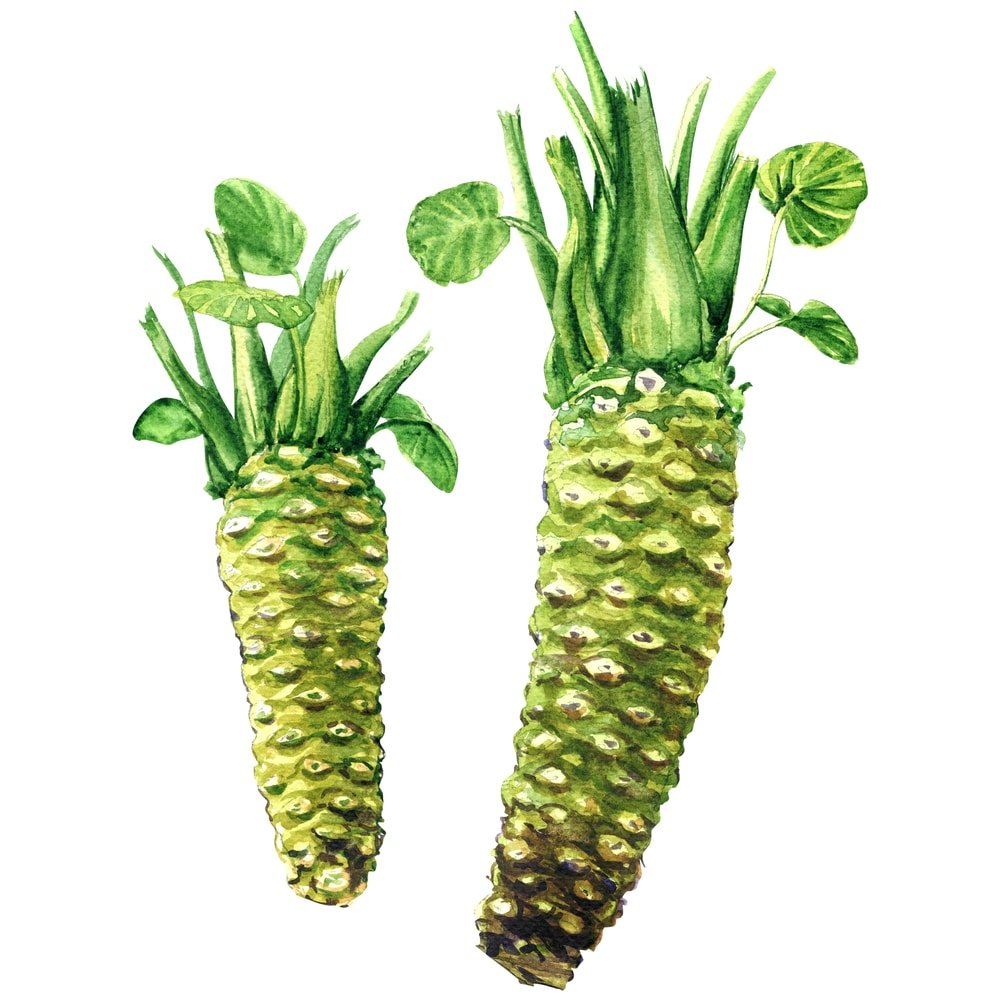
11 Amazing Health Benefits of Wasabi Natural Food Series
Soil. Wasabi plants in the garden require rich, consistently moist soil with a slightly acidic to neutral pH. If growing in containers, use a one or two-gallon pot with a 10-inch planting depth. Mix up some rich soil with compost; slightly heavier than potting mix medium, so it will hold moisture.

11 Amazing Health Benefits of Wasabi Natural Food Series
The fresh wasabi root can be added fresh, even directly on dishes; for example in sushi, between rice and fish, as in the preparation of Hosomaki, the typical sushi rolls or Nigiri, small rice balls with wasabi and raw fish. The wasabi sauce can be also dissolved in soy sauce to accompany the sashimi.
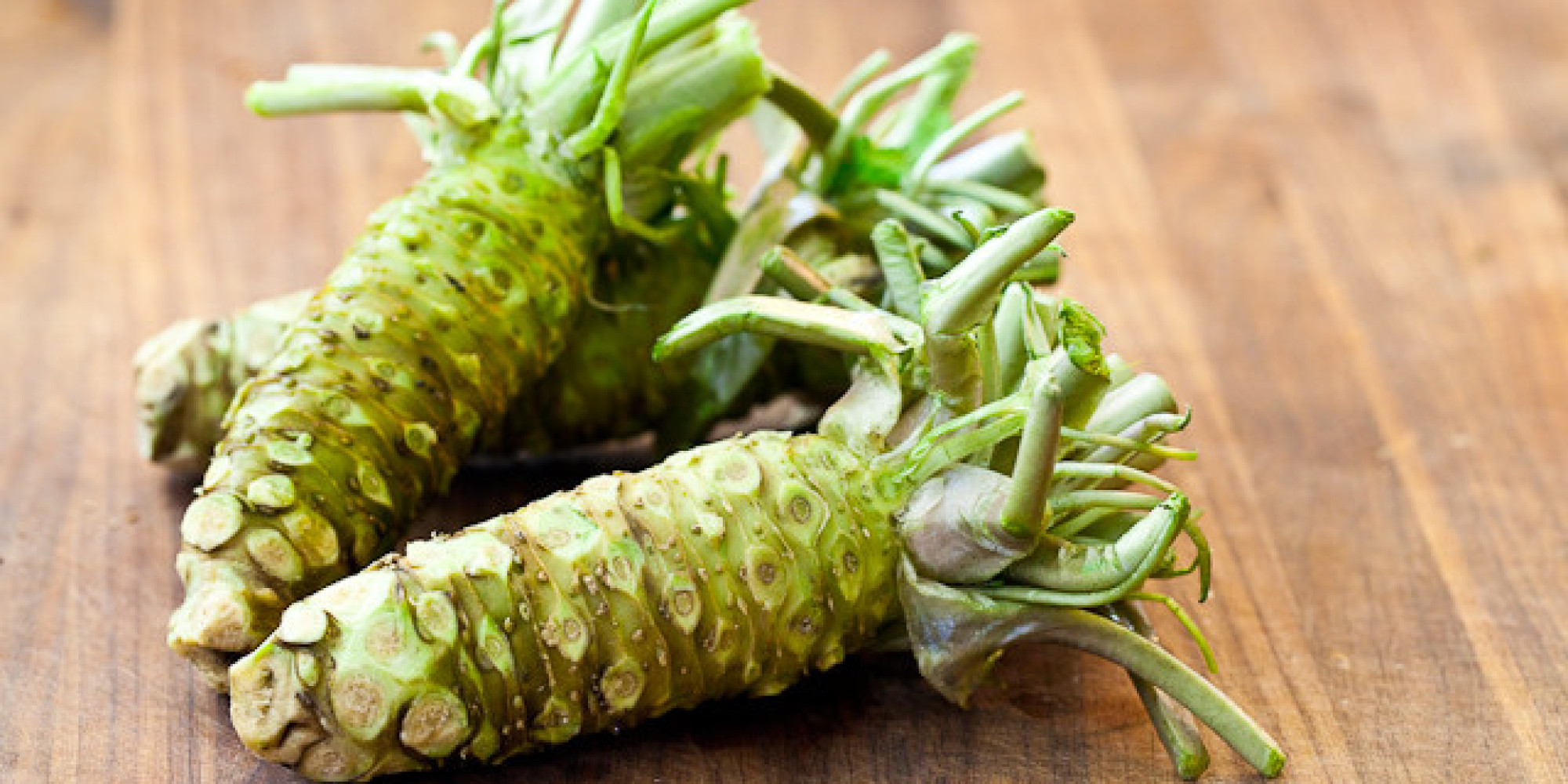
Think You've Been Eating Wasabi All This Time? Think Again
Grate in a circular motion, and gather up the finely grated root and pile it in a mound and let the flavors sit for 15 to 20 minutes. Serve at room temperature. Store any unused pieces in damp paper towels in the refrigerator. Please note: wasabi is very hot, and should be treated like a fresh chile pepper when being handled.

Other Seeds & Bulbs Home & Garden 100Wasabi Seeds Japanese mustards
Sun and Temperature. The wasabi plant thrives in mild temperatures. Wasabi leaves need a shady location with no direct sunlight whatsoever and a temperature range between 46-70 degrees Fahrenheit. Above 80 degrees Fahrenheit, the wasabi plants can die, while under 27 degrees the wasabi plants can freeze.
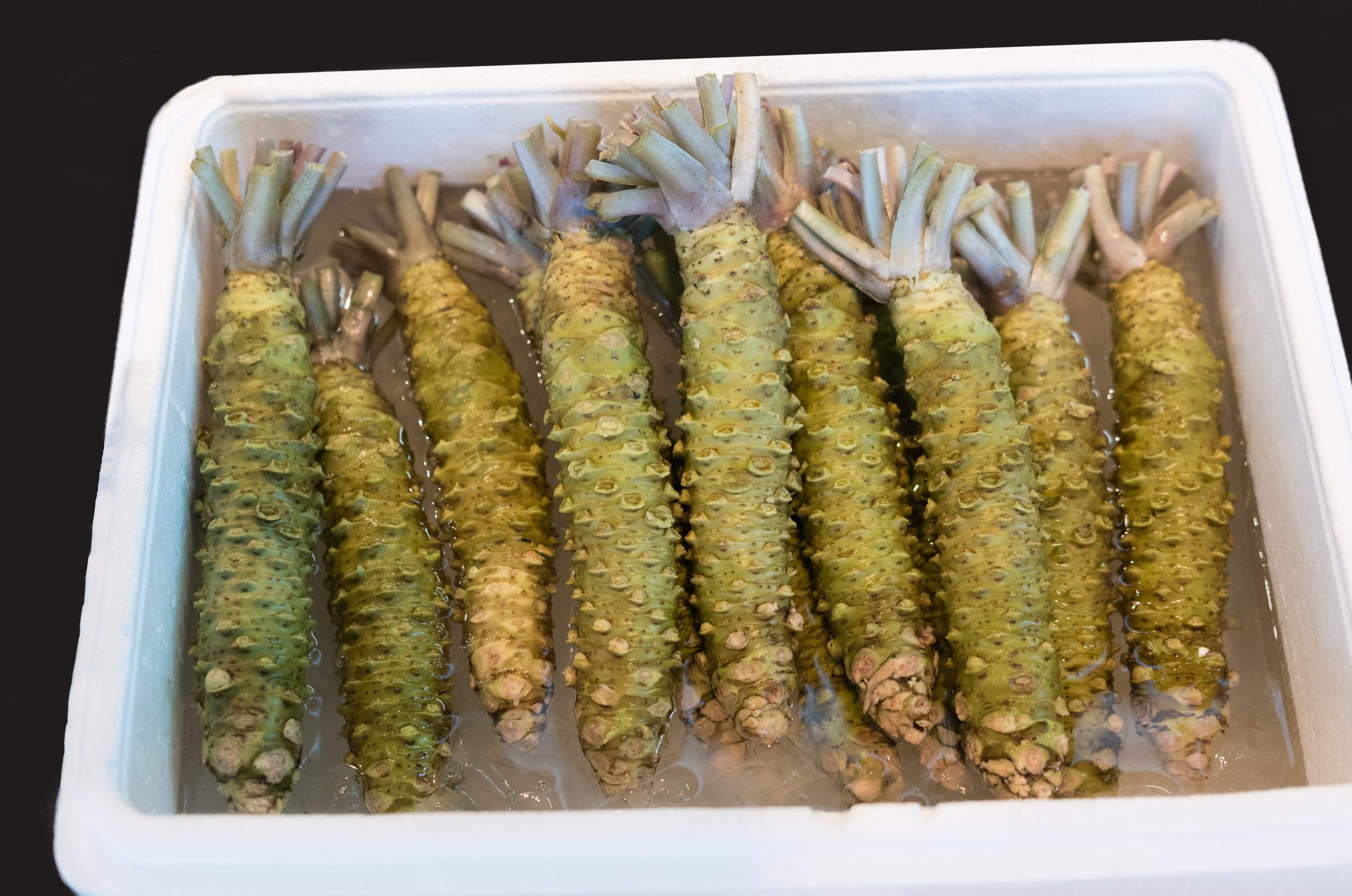
15 Things You Need to Know About Wasabi
Choose our genuine farmed wasabi root from the USA to experience its deep, vegetal flavor akin to asparagus and artichoke hearts, perfectly complementing a wide array of dishes, including steak, oysters, noodles, potatoes, Matsutake, and, of course, fish. Oregon Mushrooms. 4.7 ( 1.9K sales)
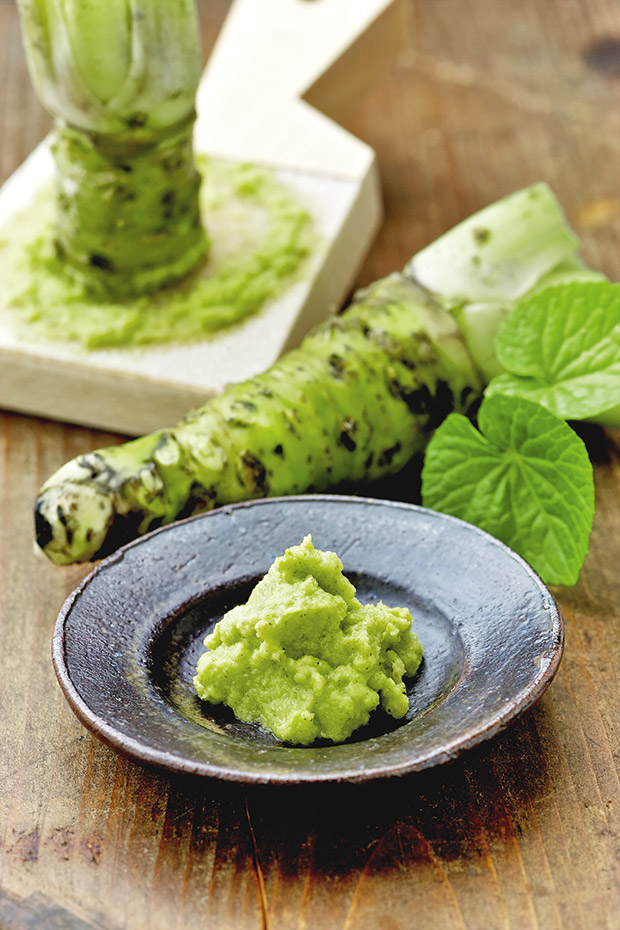
How to grow wasabi in New Zealand (it's not as hard as you think)
Fresh Wasabi Rhizomes (Root) | Wasabia japonica | Authentic | Japanese. From $ 50.00 $ 75.00. View Product . Fresh Wasabi Leaves | Salads, Plating or Wraps | Crisp and Peppery. From $ 25.00 View Product . Fresh Wasabi Flowers | Salads, Plating or Wraps | Unique and Tasty. Sold Out.